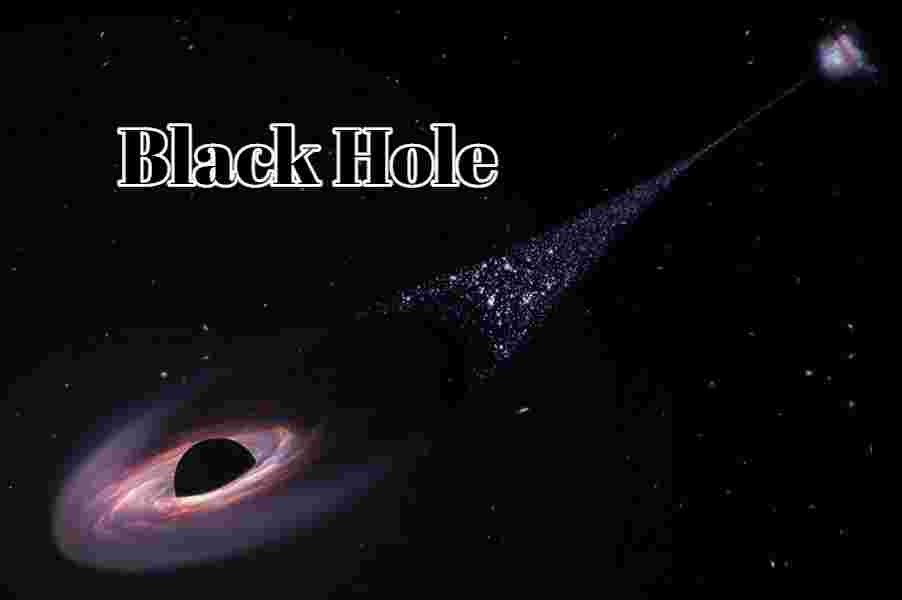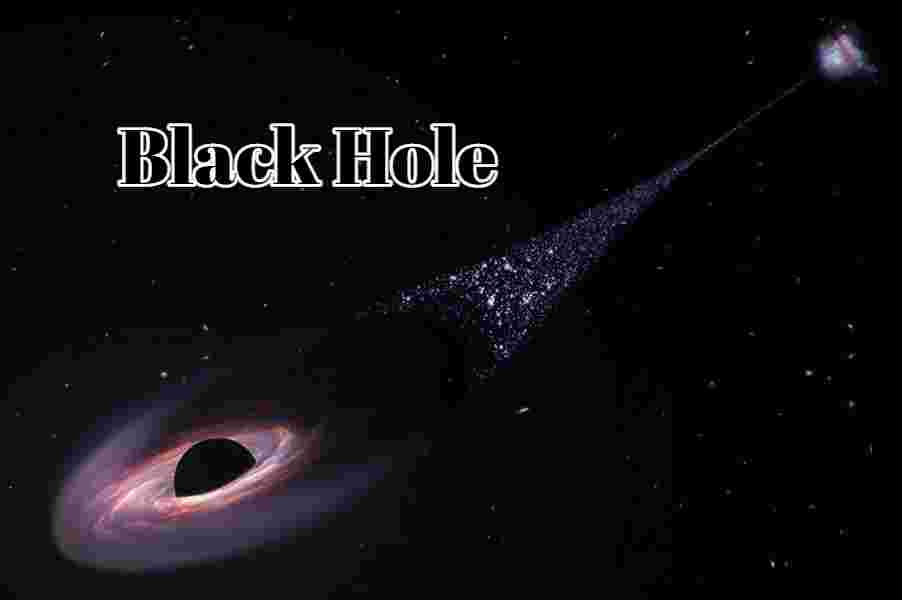Science –Technology
Runaway Supermassive Black Hole Found by NASA’s Hubble Telescope, Leaving a Trail of New Stars
Published
1 year agoon

According to the National Aeronautics and Space Administration (NASA), a supermassive black hole that weighs as much as 20 million Suns has left behind a condensed trail of newborn stars that is 2,00,000 light years long and twice the diameter of the Milky Way galaxy.
At one end of the column, the black hole is located, and at the other, its parent galaxy.
The blackhol was accidentally captured by NASA’s Hubble Space Telescope as it raced through intergalactic space so quickly that it could cover the distance from Earth to the Moon in 14 minutes.
Read Also:- Savita Poonia ( Indian Hockey Team Captain )weds an NRI
We believe we are observing a wake, or region, behind the black hole where gas can cool and form stars. So, Pieter van Dokkum of Yale University in New Haven, Connecticut, US, explained, “We’re looking at star formation that’s been left in the wake of the black hole.
“What we are witnessing is the fallout. We can see the blackhole’s wake, much like the wake left by a ship, said van Dokkum.
The Astrophysical Journal Letters is where the researchers’ paper has been published.
They claimed that the parent galaxy is at one end of the column, which has the blackhole at the other. They speculate that the motion of the black hole striking the gas is’shocking’ and heating it. Alternatively, they speculate that radiation from an accretion disc around the black hole may be responsible.
Van Dokkum added, “This is pure serendipity that we found it. He was searching a nearby dwarf galaxy for globular star clusters.
“I was just skimming the Hubble image when I discovered that there is a small streak. Oh, a cosmic ray hitting the camera detector and causing a linear imaging artifact, I thought right away. It was still present after we removed the cosmic rays. Van Dokkum observed, “It didn’t look like anything we’d seen before.
In Hawaii’s W M Keck Observatories, Van Dokkum and his team used spectroscopy to further investigate the sight. They came to the conclusion that they were viewing the afterimage of a blackhole flying through a halo of gas surrounding the host galaxy because the star trail was “quite astonishing, very, very bright, and very unusual.”
Astronomers believe that this phenomenon is most likely the result of several supermassive black hole collisions, with the first two possibly merging 50 million years ago. They claimed that because their centres were brought closer together, they spun around one another like a binary blackhole.
Then another galaxy with a supermassive black hole of its own entered the scene, combining the three into a disorderly and unstable configuration. According to them, one of the black holes stole momentum from the other two blackholes and was ejected from the host galaxy.
The remaining binary system of black holes then allegedly shot off in the opposite direction.
The runaway binary black hole may be the object visible on the other side of the host galaxy. The absence of any indication of an active black hole still present at the galaxy’s center, they claimed, provides circumstantial evidence for this.
They advised that the next step would be to conduct additional observations with the Chandra X-ray Observatory and NASA’s James Webb Space Telescope to verify the black hole theory.

You may like
-


On the Citizenship Amendment Act (CAA), PM Narendra Modi challenges Congress and the SP
-


Shortly After Slovak PM’s Assassination, As Crowd Held Gunman
-


Vladimir Putin, the leader of Russia, makes a state visit to China as a symbol of the alliances’ solidarity
-


NASA: Bright, tiny, plant-like creatures discovered in the Celtic Sea
-


Earth’s North Pole is moving more quickly
-


Kiara Advani will make her Cannes Film Festival debut in 2024

